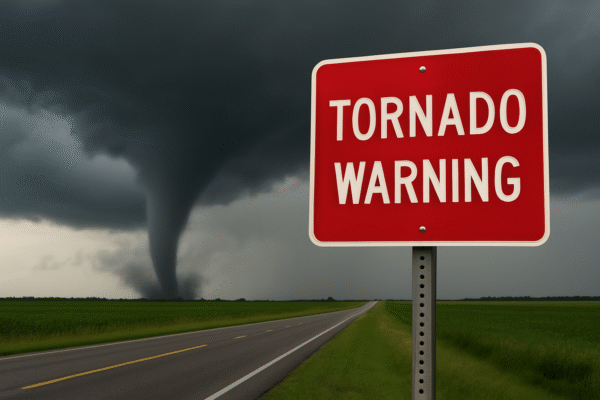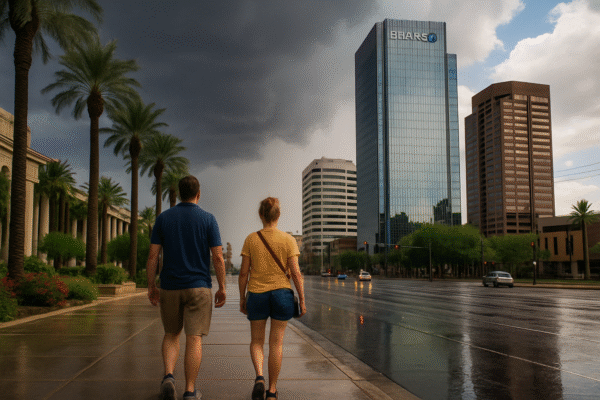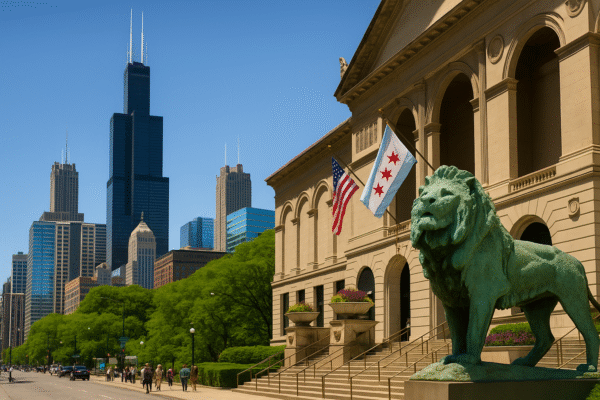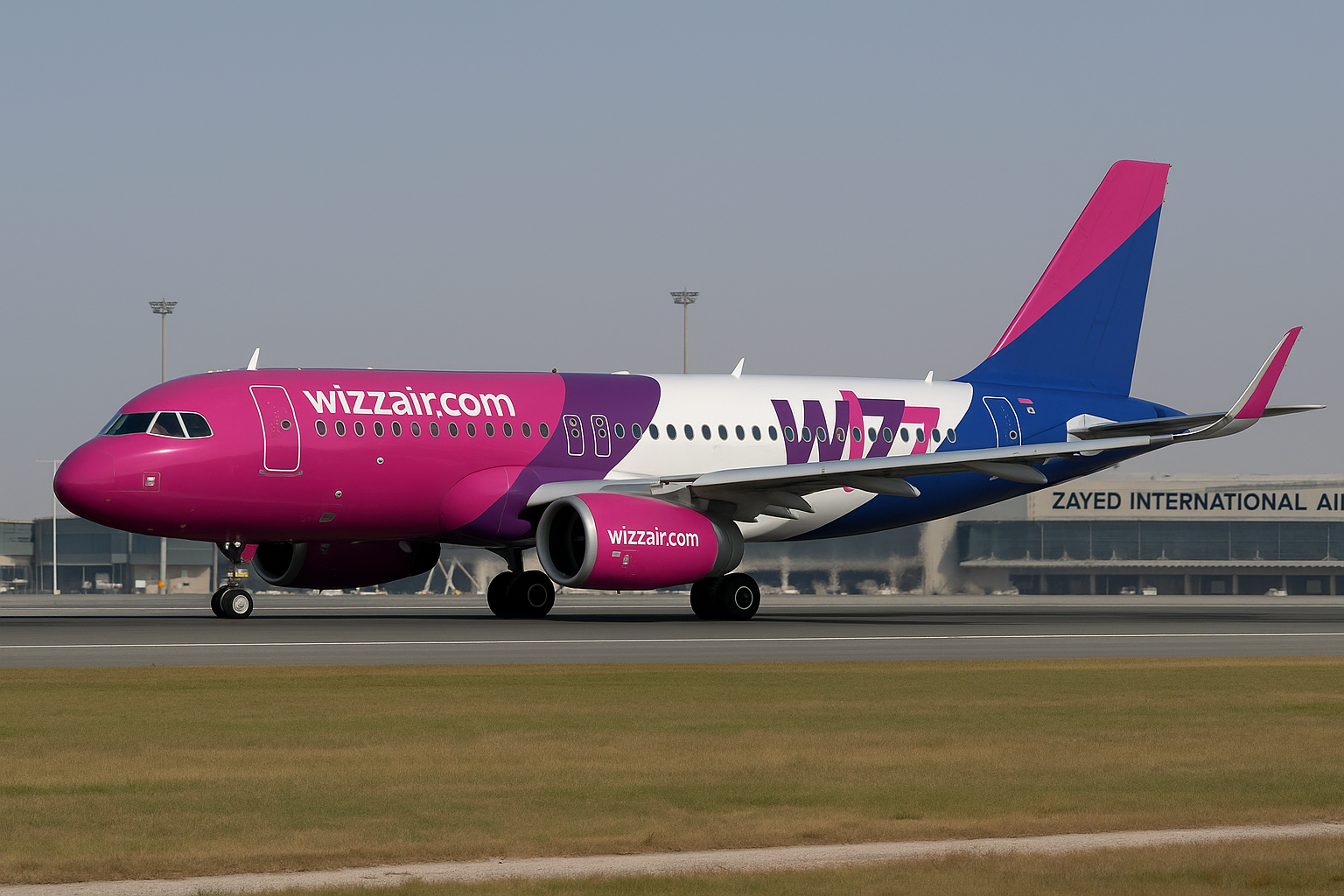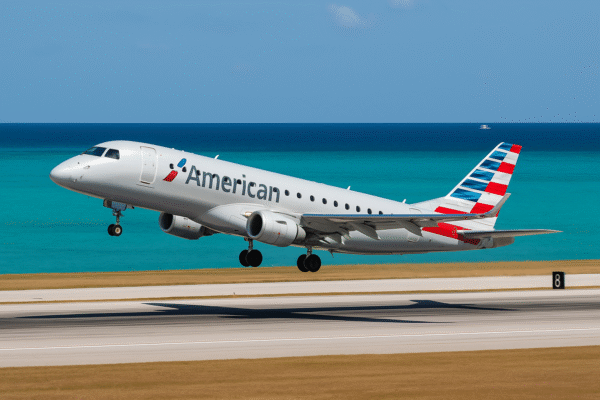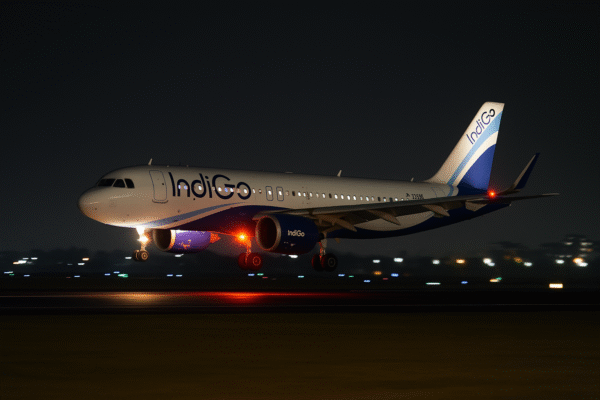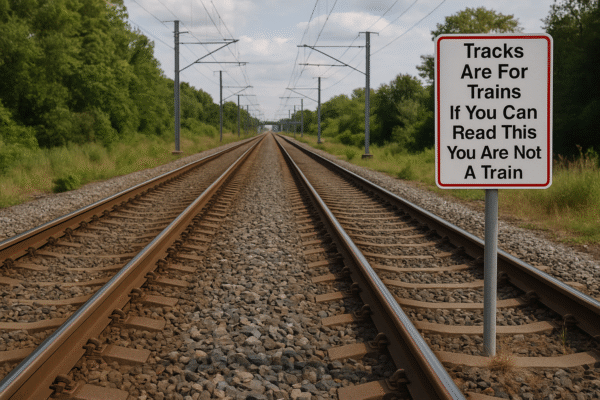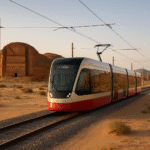Amtrak has captured the internet’s attention not with a major service expansion or disruption, but with a hilariously blunt safety sign that reads: “Tracks are for trains. If you can read this, you are not a train.” Located along the heavily trafficked Northeast Corridor, the sign’s humor hides a chilling reality—rail trespassing is the leading cause of railway fatalities in the United States, and the problem is only getting worse.
While online users have shared the image across platforms like Reddit with tongue-in-cheek reactions, the Federal Railroad Administration (FRA) has issued sobering statistics. In 2024, 1,464 pedestrian trespassing incidents occurred on U.S. railroads, resulting in 819 deaths and 645 injuries. That means more people die from walking on train tracks than from any other rail-related cause in the country.
A Mounting Crisis: Rail Trespassing in the U.S.
The FRA classifies walking, loitering, or taking shortcuts on or near train tracks as illegal trespassing, yet the practice remains widespread across urban and suburban America. The issue is most severe in California, Texas, and Florida—states with vast rail infrastructure and dense populations. California alone recorded 327 fatalities in 2024 from rail trespassing, more than any other state.
Experts point to a dangerous mix of misinformation and casual attitudes toward railway property. Many people falsely believe trains are slow or loud enough to dodge at the last moment. In reality, most passenger trains travel at speeds exceeding 100 mph and are deceptively quiet. Once a train is seen approaching, it may already be too late to move.
“People underestimate how fast trains move and how long they take to stop,” explained Jennifer DeAngelis, Director of Communications at Operation Lifesaver, Inc., a non-profit devoted to rail safety education. “Trains don’t swerve, they don’t brake easily, and they always have the right of way.”
A Serious Message Wrapped in Humor
Amtrak’s sign, though intentionally comical, is part of a broader public awareness campaign aimed at reducing deaths and injuries along the rail network. In partnership with Operation Lifesaver and supported by FRA data, Amtrak has leaned into straightforward messaging and visible signage to discourage the dangerous—and illegal—practice of entering railroad rights-of-way.
“We’re trying to save lives,” said an Amtrak spokesperson. “If it takes humor to get someone to think twice before crossing the tracks, then it’s working.”
The sign’s placement along the Northeast Corridor—the busiest passenger rail line in North America—underscores the importance of visibility. This corridor, running from Boston through New York and Philadelphia to Washington, D.C., serves millions of passengers annually and has seen several trespassing fatalities in recent years.
Legal and Moral Consequences
Aside from being deadly, trespassing on rail property is a criminal offense. Violators risk fines, arrests, and even imprisonment. In some cases, those caught on tracks have faced civil lawsuits if their actions caused service disruptions or led to fatal accidents.
Despite the risks, incidents like taking graduation photos, filming viral videos, or simply crossing tracks as a shortcut continue to end in tragedy. Law enforcement and rail officials urge the public to only cross at designated crossings and never assume tracks are safe just because no train is visible.
Industry-Wide Response to a National Problem
The growing number of deaths has triggered a unified response across the U.S. rail industry. The FRA has launched numerous Rail Safety Week campaigns, distributed grants to communities to install fencing and warning systems, and ramped up enforcement efforts.
Amtrak, too, has expanded its outreach, focusing on digital campaigns, school-based education, and community partnerships. In 2025, the company announced plans to upgrade fencing and surveillance along key segments of its network, with particular focus on areas identified by FRA data as high-risk for trespassing.
Meanwhile, state-level DOTs (Departments of Transportation) are collaborating with freight and passenger rail operators to close unauthorized pathways and develop urban planning strategies that redirect foot traffic away from dangerous crossings.
Looking Ahead: Education as Prevention
Experts agree that enforcement alone isn’t enough. “This is a solvable problem,” said DeAngelis. “Education is the most powerful tool we have. People need to understand that trains are faster, quieter, and far more dangerous than they think.”
To that end, Operation Lifesaver has launched interactive learning modules, PSAs, and targeted campaigns at high schools and universities. Its motto, “See Tracks? Think Train,” has now become part of a national conversation on rail safety, especially as more Americans turn to rail for intercity travel.
Conclusion: A Sobering Reminder Beneath the Humor
While Amtrak’s quirky sign may have elicited laughter online, it delivers a message that the rail industry, law enforcement, and safety advocates hope will resonate beyond social media. With hundreds of lives lost each year due to illegal track trespassing, the call for safer behaviors around railroads has never been more urgent.
As the FRA, Amtrak, and Operation Lifesaver intensify their efforts to make America’s railroads safer, the public’s role in respecting the rules cannot be overstated. A moment of caution could mean the difference between life and death.
Remember: If you can read the sign, you’re not a train—so stay off the tracks.
For more travel news like this, keep reading Global Travel Wire




